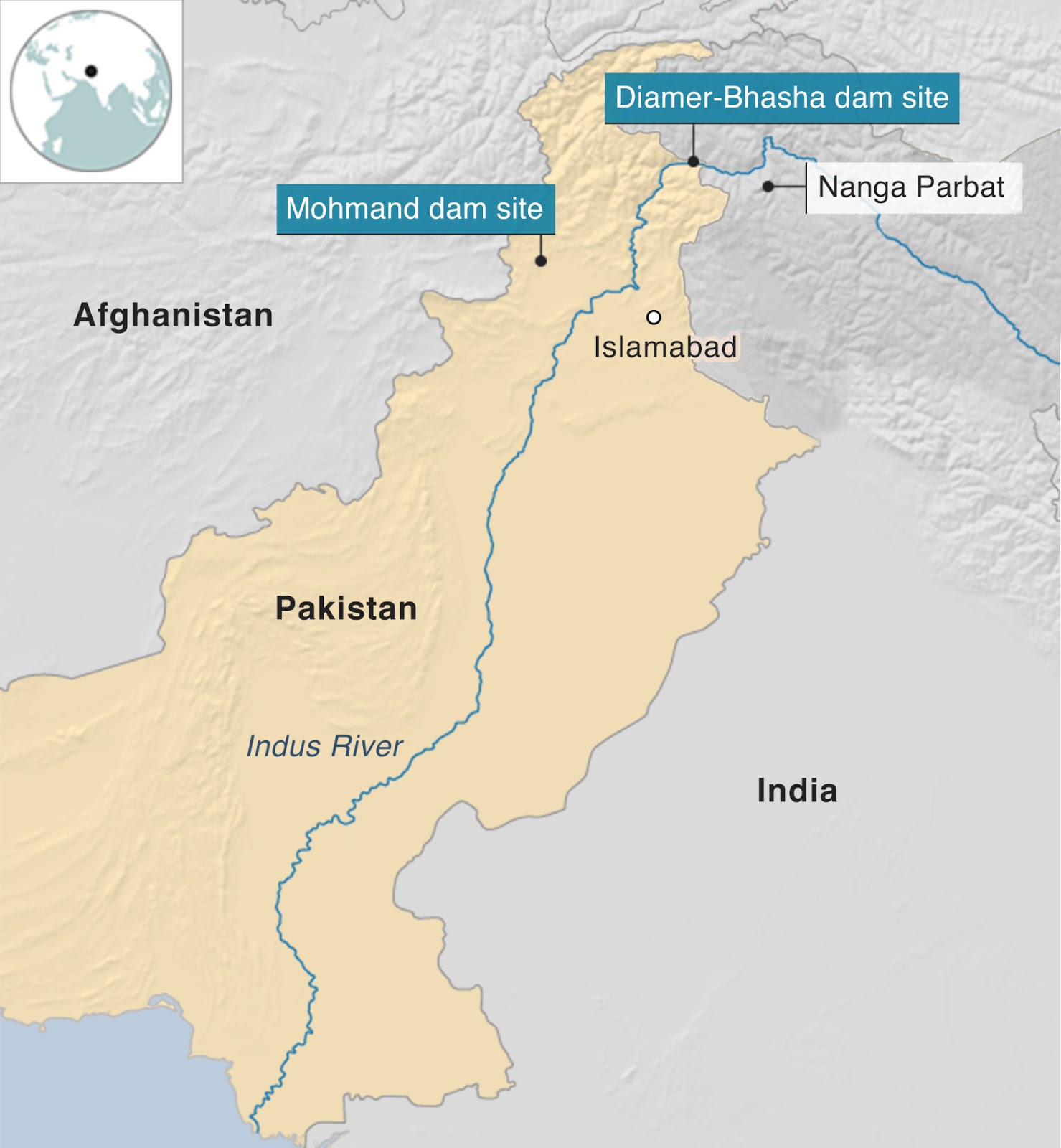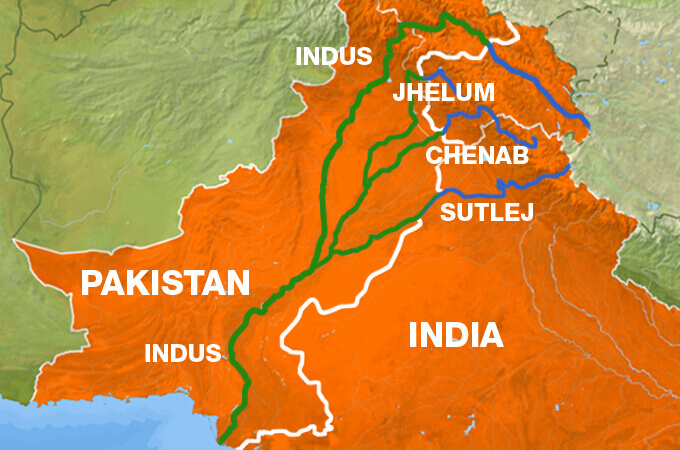7667766266
enquiry@shankarias.in
Borders of a Country
Anakkampoyil-Kalladi-Meppadi corridor
Perumon bridge
Ashtamudi Lake
Diamer Bhasha Dam

Gilgit Baltistan
Indus Water Treaty

Other Projects in Indus
ICGS Sachet
IBs C-450 and C-451
Indian Coast Guard
Super Earth
Source: The Hindu, Economic Times, PIB